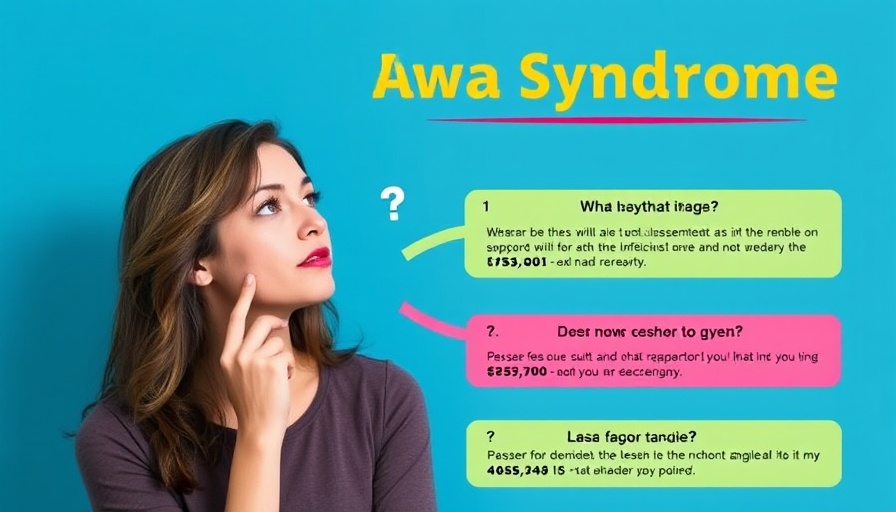
Understanding Neurodiversity in Education
As our understanding of neurodiversity expands, educational leaders and teachers alike are recognizing the importance of inclusive practices. Neurodiversity encompasses a variety of cognitive functioning styles, including those often classified as autism, ADHD, and dyslexia. Embracing these differences is not just beneficial for students; it enriches the learning environment for everyone.
Why New Year’s Resolutions Matter for Neurodiverse Students
Setting resolutions at the beginning of a year can be a powerful practice, particularly for neurodiverse students. Goals can foster a sense of accomplishment and motivation. However, it’s essential that these resolutions are framed in a strengths-based approach. By focusing on what students can do rather than what they struggle with, educators can craft resolutions that empower rather than dishearten.
Creating Inclusive, Actionable Resolutions
To set neurodiversity-friendly resolutions, educators should involve students in the goal-setting process. Here are a few ideas to consider:
- Personalized Learning Plans: Collaborate with students to create learning goals that are tailored to their strengths and interests.
- Mindfulness Practices: Encourage students to incorporate mindfulness techniques into their daily routines. For example, practicing deep breathing exercises can help manage anxiety.
- Peer Support Systems: Establish buddy systems where students can support each other in achieving their goals.
Celebrating Small Wins
A key aspect of the resolution journey is recognizing and celebrating progress. For neurodiverse students, traditional markers of success may not apply. A student might take longer to meet a goal, but each step forward is an achievement worth celebrating. By acknowledging these wins, educators can help cultivate resilience and self-esteem in their students.
Building Community Connections
An essential element of sustaining progress is fostering a sense of community. Teachers can facilitate opportunities for students to share their experiences and challenges with one another openly. This can help create an understanding environment where students feel safe to express themselves and grow together.
Future Trends in Inclusive Education
As we look toward the future, it's evident that neurodiversity will play a significant role in shaping educational practices. The global movement towards inclusivity is gaining momentum, and educators need to stay informed about the latest strategies and innovations in creating supportive learning environments.
Actionable Insights for Educators
For educators eager to get started, consider the following actionable insights:
- Attend Workshops: Attend training sessions focused on neurodiversity and inclusion to gain a deeper understanding of the diverse needs of your students.
- Incorporate Technology: Use tools and software that cater to different learning styles, making information accessible to all.
- Engage with Families: Communicate regularly with families about their child's goals and progress. Parental involvement can greatly enhance a student’s success.
Conclusion: Embrace the Journey
As we head into a new year, let’s embrace the opportunity to implement neurodiversity-friendly resolutions in our classrooms. By focusing on strengths, fostering community, and celebrating progress, educators can contribute to a more inclusive educational landscape. Remember, every small change can lead to significant advancements in the lives of neurodiverse students.
Ready to make a difference in your classroom? Start today by involving your students in goal-setting practices that inspire and empower!
 Add Row
Add Row  Add
Add 




Write A Comment